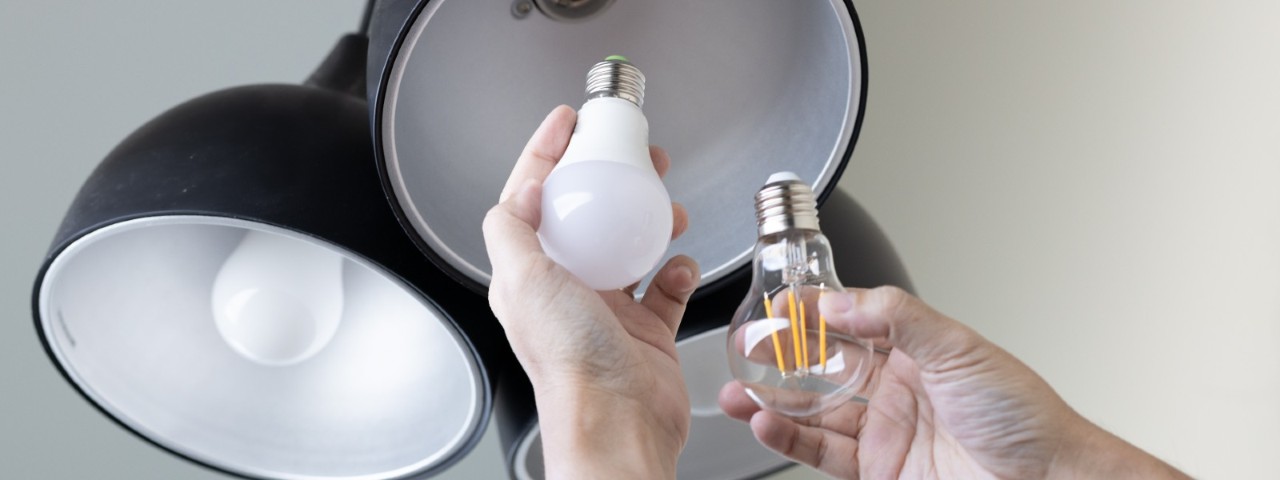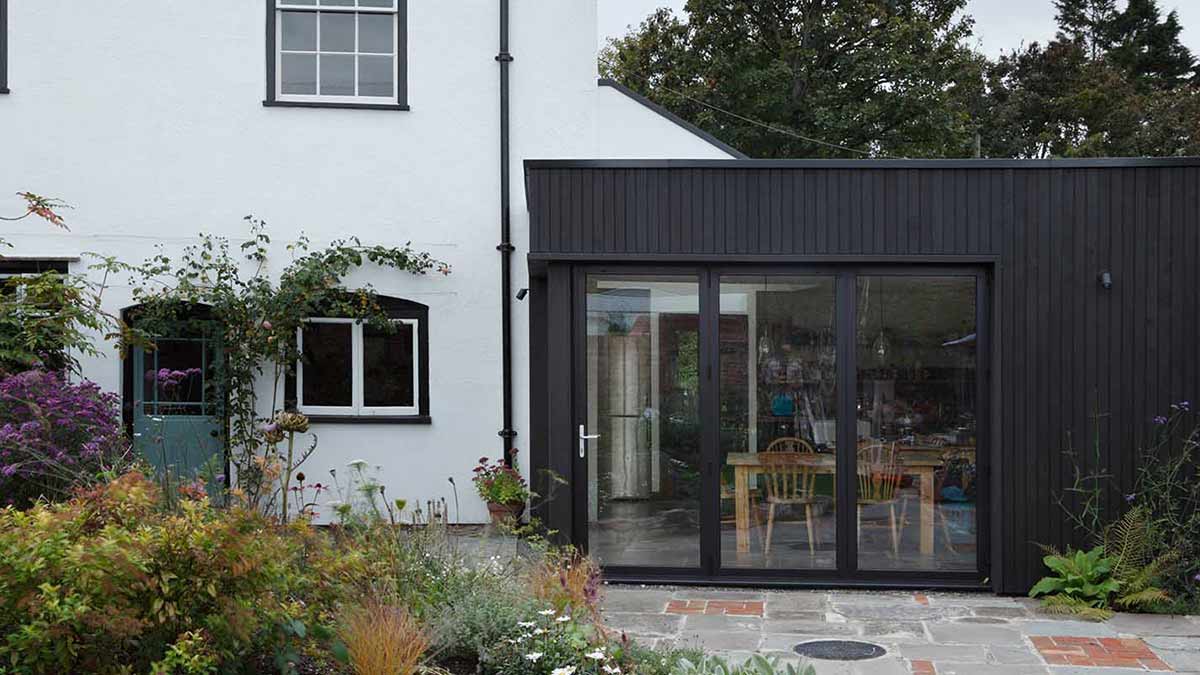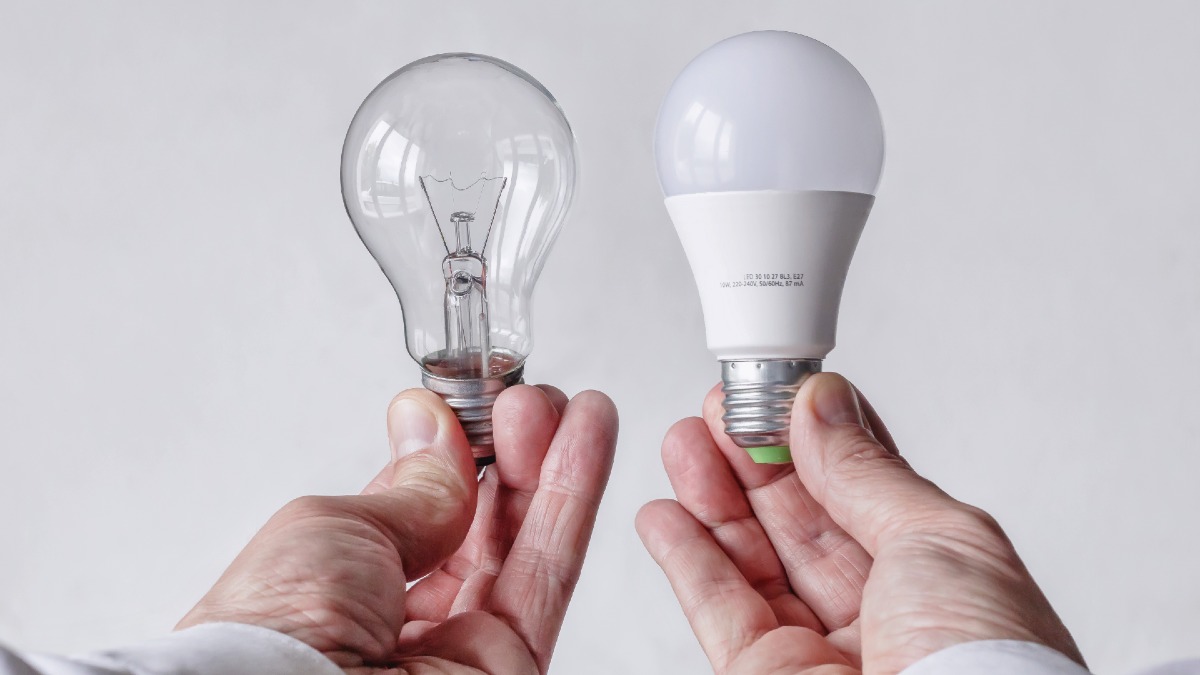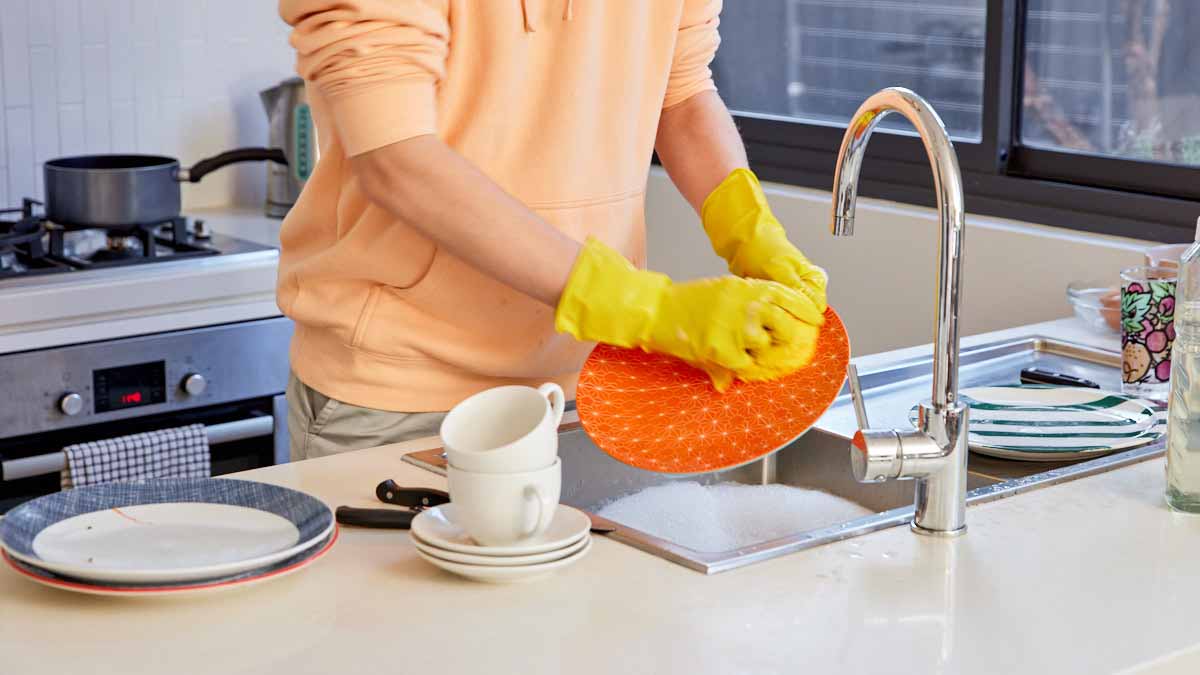Many once common single-use plastic items are now banned in Victoria. Here are sustainable, reusable alternative products to use instead.
Thank you for subscribing
You’ll be sent the latest news, exclusive offers and competitions to your inbox.
Eight home improvements that will save you money

Planning a home renovation? Here’s how to make your money work harder for you.
Renovating your house might seem like a big up-front expense but, if done cleverly, the benefits can far outweigh the costs. In fact, renovating your home to make it more efficient could actually save you money down the track.
A carefully considered renovation that includes sustainable design principles will not only improve the look and functionality of your home, but also help to reduce your utility bills via lower energy consumption, lower water usage, and improved thermal performance.
So, if you’re considering putting those savings into a home-improvement project, here are some savvy home-efficiency fixes that can save you money in the long run.
Eight home renovation ideas that can save you money
Eliminate draughts and air leakage
According to Sustainability Victoria, draughts can account for up to 25 per cent of a home’s unwanted heat loss or gain. “Doors and windows are usually the main culprits,” says RACV’s trade training manager Andy Anderson. “But things such as old evaporative coolers with no back-draught prevention can also be a pretty big hole in a home.”
The quickest and easiest fix is to buy door and window draught-stop strips from a hardware store. “They come in all shapes and sizes to suit all applications, and are usually self-adhesive for ease of installation,” Andy says. “These strips are placed around the outer edge of door and window frames to seal any gaps most houses acquire after years of wear and movement.” For older homes, Andy says it’s also worth sealing the gaps between floorboards or boarding up an unused fireplace.
Fix poor insulation
Insulating your home properly can pay big dividends when it comes to cutting your heating and cooling costs. Unlike homes built before the 1940s, which have solid double-brick walls that provide excellent insulation, many modern houses have cavities filled with (often poor-quality) insulation. This can mean heat losses and gains of 25 to 35 per cent through the roof, 15 to 25 per cent through walls, and 10 to 20 per cent through floors.
“The roof is the easiest and most effective area to improve insulation,” Andy says. “If a home doesn’t have insulation in the roof, it’s usually fairly quick and cost-effective to have some installed.”
As well as insulation, Andy says sarking is an often overlooked but effective way of guarding your home against Melbourne’s fluctuating weather. “Sarking is a pliable membrane that sits under your roof tiles or tin,” Andy explains. “It helps insulation work more efficiently, and can protect your home from rain, dust, condensation and bushfire ember attack.” If you are re-roofing as part of your renovation, a light-coloured tin roof can help reflect the sun’s heat.
If you’re planning to replace weatherboards or replaster internal walls, Andy says this is the ideal time to upgrade your wall insulation, too. “Always look for products with the highest R-value you can afford, and that will fit within your existing structures,” Andy advises. “The higher the R-value, the better the thermal performance.”
And for homes built on stumps, Andy says insulating the floors can also help to reduce heat loss and gain. “Under-floor insulation is usually fairly easy to install but, if you’re on a tight budget, it doesn’t provide the same benefits as insulating the roof. For older homes, it’s also worth sealing the gaps between floorboards or boarding up an unused fireplace.”

Older homes often have thin windows that need improving when renovating. Image: Getty
Glaze, tint or curtain thin windows
Many period or character home still feature their original windows, which are often very thin. “Glass is a very good heat conductor, so windows can become a huge source of heat transfer in a home,” Andy says.
Replacing existing single-pane windows with double or even triple-glazed windows will not only reduce noise but can also cut heat loss or gain by nearly 30 per cent (and even more for triple-glazed versions).
“Double glazing refers to windows with two panes of glass with a vacuumed air gap between them,” Andy explains. “Air isn’t a very good heat conductor, so the trapped air becomes a barrier between the cold air on one side of the glass and hot air on the other side.”
But don’t fret if you want to keep your home’s architectural character. Sustainability Victoria says secondary glazing – where an extra pane of glass or clear acrylic is retrofitted to existing single-glazed windows – is often a cheaper alternative to double-glazing and allows you to preserve the home’s original features.
“Tinting windows is another easy way to improve their performance,” Andy says. “Other than that, there’s shutters and blinds.” Having your windows fitted with thermally lined curtains can reduce heat loss by up to 15 per cent. This is particularly useful for south-facing windows, which can be a major source of heat loss in winter.
Move or cover west- and south-facing windows
When it comes to heat transfer, west-facing windows can be a major source of heat gain in summer, while south-facing windows can be a major source of heat loss in winter. While you can’t change the orientation of your home, you can minimise these effects.
If you’re planning a major renovation, talk to your draftsman or architect about the possibility of moving west or south-facing windows to north-facing walls. North-facing windows will allow for maximum indirect light. Building eaves over north-facing windows is an effective way of shielding your home from heat in summer and protecting window frames from the elements, while allowing plenty of indirect light into your home in winter.
Andy says it’s also worth considering replacing regular south-facing windows with double-hung windows to minimise heat loss in winter but capitalise on airflow from cooling southerly winds in summer.
If this is not an option (for units, terrace homes or townhouses, for example) Andy suggests installing external blinds or awnings over west-facing windows as an effective way to reduce heat gains. Planting deciduous trees in front of west-facing windows is another easy way to provide shade from the harsh sun in summer, while still allowing plenty of light to stream in through winter.

Switching to LED globes (right) can have an immediate impact on your energy savings. Image: Getty
Replace inefficient lighting
The Australian Government’s Department of Climate Change, Energy, the Environment and Water (DCCEEW) reports that lighting accounts for up to 15 per cent of the average household’s electricity budget, or about six per cent of a home’s total energy use. That's why designing your home to maximise natural light can yield significant energy savings.
“It usually costs more to heat or cool a home than it does to light a home, which is why thoughtful lighting design is often seen as not overly important,” Andy says. “But every little bit counts.”
While north-facing windows are ideal for maximising natural light, Andy says moving windows can be a real, er, pane. It can also be expensive and impractical. Skylights are a popular alternative for illuminating gloomy areas. But while skylights bring in natural light during the day without the need for electricity, they can also be a “gaping hole in a home’s insulation,” says Andy. “So, what you gain on one hand, you lose on the other.” If you are going to install skylights, ensure they are double-glazed to minimise heat leakage.
A more cost-effective alternative, Andy suggests, is a light tube or ‘tubular daylight device’ (TDD). These look like a skylight when installed but, instead of a fixed window or shaft that is cut into your roofline, they work by funnelling natural light through a small, flexible tube that then diffuses light into the home.
Finally, Andy says, one of the easiest ways to reduce your lighting bills is to switch regular halogen globes to efficient LEDs, or to go all out with smart lighting. “There are so many options these days there’s almost no barrier when it comes to switching lights to LED,” he says. “Any electrician should be able to assist with this.”
He says smart lighting is also becoming increasingly popular as it allows you to tailor illumination to your needs. “Smart lighting can allow you to group lights into smaller sections and lights can be programmed to turn on and off at certain times, as well as at different levels of brightness,” he says. “The use of sensors also ensures lights aren’t left on when they’re not being used.”
Find low-cost alternatives to expensive heating and cooling
Heating and cooling, on average, account for 40 per cent of a home’s energy bills. That’s why people should look at an appliance’s energy efficiency rating when considering updating.
Andy says clever zoning is an easy way to counteract high heating and cooling costs. Modern split-systems can be zoned to different rooms so you’re not heating or cooling rooms you aren’t using. “This can’t always be done due to appliance limitations, but zoning heating and cooling into such areas as living rooms, home offices or bedrooms can mean rooms are climate-controlled only when they are being used,” he says. “Often bedrooms don’t need to be controlled during the day and living rooms don’t need to be heated or cooled when you’re sleeping.”
When selecting a heating and cooling system for your home, follow a reputable guide and make sure it is regularly serviced. Ceiling fans are another effective, low-cost alternative.

Upgrading your taps and showerheads to water-saving models can also reduce electricity costs. Image: Getty
Identify power-hungry appliances
Depending on the time of year, heating, cooling and hot water are the three biggest home energy hogs, accounting for up to 75 per cent of a household’s energy usage. Fridges, washing machines, clothes dryers and pool pumps also significantly contribute to power usage.
According to the Victorian Government, for every extra star on the label of an appliance or device, you can save around 25 per cent in running costs. So, upgrading to more efficient appliances can go a long way towards reducing your power bills.
Andy says installing rooftop solar will also cut your energy costs. “Solar panels and storage batteries are the big retrofit items that can make a real difference to a home’s efficiency,” he says.
Save water around the house
Inefficient water appliances can be a real drain on your household’s energy. According to the DCCEEW, the biggest water-wasters in the home are washing machines, showers, taps and toilets. Upgrading to more water-efficient products could reduce gas and electricity costs by up to 65 per cent from reduced water heating, and up to 35 per cent from lower water bills.
The Water Efficiency Labelling and Standards (WELS) scheme helps Australians compare the water efficiency of a range of appliances and fixtures, including washing machines, dishwashers, showers, toilet suites, urinals, taps and flow controllers.
Andy says one of the easiest ways to save water around the house is to replace single-flush toilets with four-star toilets and upgrade to low-flow taps and showerheads. Average showerheads have a water flow of 15 litres per minute. By switching to a four-star showerhead that flows at six litres per minute, a family of four will save an average of 105 kilolitres a year, or roughly $315 on water bills (based on an eight-minute shower and water at $2.99/kL). Some local councils even offer showerhead exchange programs.
Hot water systems are another energy guzzler. “Make sure your unit is an efficient one, and that it is as close to the kitchen or bathroom as possible to reduce how long the pump needs to run for,” Andy advises. For systems older than 10 years, he suggests getting a service to ensure the boiler is working as efficiently as it should be or upgrading to a more efficient model.


